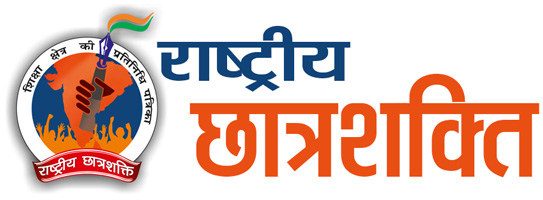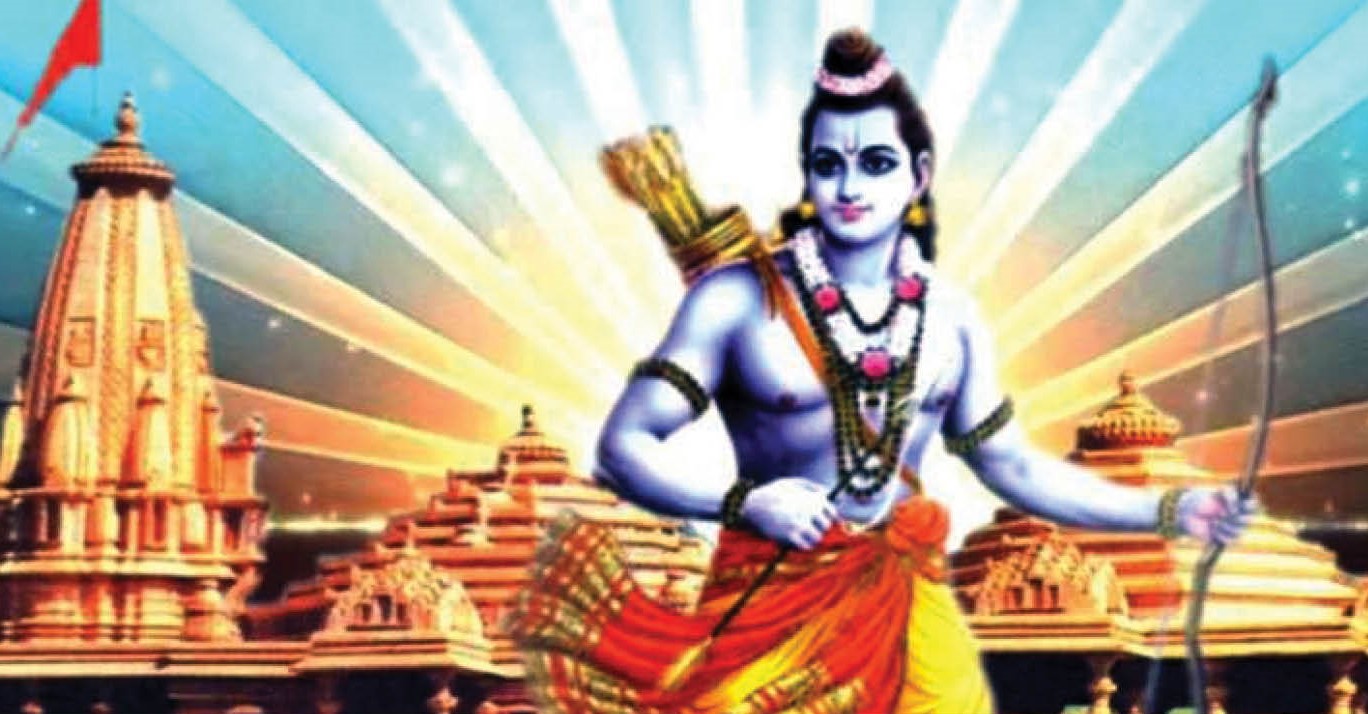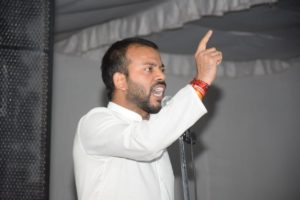Taleb, an essayist and mathematical statistician, further elucidates that there can be “no other definition of success than leading an honorable life.” Here, “honor means that there are things that you would do unconditionally, regardless of the consequences.” Furthermore, according to the author, “there is another dimension of honor: engaging in actions going beyond mere skin in the game to put oneself at risk for others, have your skin in other people’s game; sacrifice something significant for the sake of the collective.” This is the image we have in mind, when we use the term ‘Intellectual Yoddhā’. We are paying tributes to scholars who happily sacrificed positions of power, money and fame (not posthumously though) in the ever-ignoted yajña for Deva, Deśa and Dharma. Nothing mattered to them, other than the search for truth. They were/are seekers of knowledge, not dogmatists. They truly represent the critical spirit of Hindu knowledge tradition, in the times dominated by close-ended modernist totalitarian ‘isms’.
We have an abstract ideal now. Let us get to the particulars. Is that even possible? Do we have such scholars in contemporary times that come even close to this ideal. The answer is a big YES! This writing is dedicated to a few of them. The five centuries struggle to establish Rāma-Lalā in his janmasthāna at Ayodhyaji reached a tipping point when on December 6, 1992 Babri structure was demolished by the mighty kāra-sevaks. “It is the will of the people,” opined Gandhian scholar Dharampal. “This was long overdue, it is part of the necessary process of bringing down colonial symbols.” Though it, literally, was the will of the people of Bharat to have darśana of their beloved ārādhya Prabhu Ṣrī Rāma at his janmasthāna, the Indian State and its Durbari historians couldn’t care much.
Interestingly, the site of contention had no theological significance in Islamic history, while it meant everything to the Hindu peoples. The same logic applies to Krishna Janmabhoomi (Mathura), Gyanvapi Structure (Kashi) and countless other Bharatiya sacred spaces too. However, the intellectual onslaught against the Hindu side by Left-Islamist “scholarly” nexus backed by the institutional apparatus of the Indian State not only brought global infamy to the Hindu side’s justified claim to the Janmasthāna site, but also needlessly aggravated the matter into an issue of foremost political contention. The cowardly leftist cabal was so afraid of open discussion on this issue that when Shri Arun Shourie (erstwhile Editor-in-Chief, The Indian Express) opened the ‘opinion’ section for debate, they didn’t even have the integrity to reply to their ideational opponents.
The Hindu intellectual side, which wrote mainly in English (in a failed attempt to engage with the spineless leftist distorians), was led by stalwarts like Ram Swarup, Sita Ram Goel, Arun Shourie, Koenraad Elst, Abhaas Chatterjee, etc. The seminal work ‘Hindu Temples: What Happened To Them (A Preliminary Survey)’, which was compiled and edited by Sita Ram Goel, was first published in April 1990. This work was a compilation of article written in discussion (though one way) with contemporary “Stalinist historians.” The most prominent feature of this work is undoubtedly the arduous list of hundreds of Islamic structures, prepared by Sita Ram Goel (‘Let the mute witnesses speak’) himself, which stand on demolished Hindu sacred spaces. The second volume of this work, authored solely by Sita Ram Goel, documented the primary historical Islamic evidence on the destruction of Hindu places of worship. Eminent archaeologist B. B. Lal and reputed scholars like A. R. Khan and Harsh Narain contributed articles to shed away the misconceptions propagated by the leftist cabal. Moreover, Harsh Narain authored a book titled ‘The Ayodhya Temple-Mosque Dispute: Focus on Muslim Sources’.
On the whole, English daily The Indian Express and the publishing house named Voice of India became the mouthpiece of only sane truth-seeking scholars. These scholars did not believe that every civilizational injustice that Hindus faced must be brushed under the carpet because Bharatiya-s are subhuman creatures who do not deserve to know the truth. They were not interested to propagate ideologically motivated half-truths to suit some dogmatic imperialist cults. They did not sell their scholarship to the hinduphobic regime which was hellbent upon appeasing the aggressive colonial side. Struggling against the hegemonic discourse, renowned Indologist Koenraad Elst (Ayodhya: The Case Against the Temple, 2002; Ayodhya: The Finale, 2003) and historian Meenakshi Jain (Rama and Ayodhya, 2013; The Battle for Rama: Case of the Temple at Ayodhya, 2017) also added layers to the discussion with their timely academic interventions. Archaeologist K. K. Mohammad also deserves a special mention for his vocal intervention as an expert. Evidently, the positive shift of popular narrative with regard to Ramajanmabhoomi movement was not a cake walk. Countless warrior-like figures from all walks of life sacrificed a lot for the cause.
Finally, Rāmalalā has taken his rightful place in his janmasthāna on January 22nd, 2024. It is a matter of joyous awakening and sāttvika utsava for dharmics all-over the world. But amidst these celebrations, we must not forget the perseverance and hardships of the people who manifested this śubha fala out of their penance and sufferings. We must pay our heartfelt tributes to intellectual yoddhā-s like Ram Swarup, Sita Ram Goel, Arun Shourie, Koenraad Elst, Meenakshi Jain and many more who became a strident medium of Rāmalalā’s will. They provided the intellectual ammunition to the politically orphaned Hindu side in the Congress dominated political system of erstwhile India. Remembering such brave-hearts wouldn’t be enough. A true tribute would be to take their legacy foreward. What can we learn?
रामो विग्रहवान् धर्म
Prabhu Śrī Rāma represents all that is śreyas, all that is fearless, all that is righteous, all that is auspicious, and all that is fair. That is why Maharishi Valmiki refers to him as the Vigrah of Dharma himself. The abovementioned scholars were ananya Rāmabhakta-s in the true sense. They were fearlessness personified. They suffered. They sacrificed. They were humiliated. But didn’t stop in their quest for truth. May be because stopping is not an option for a Hindu. Even our kāla–dṛṣṭi (conception of time) is quasi-cyclical, rather than linear (like Christianity, Marxism, Modernity). If there is no end, nor a beginning, stopping is not even an option.
The Upanishadic call of ‘Caraiveti Careiveti’ (Onwards Onwards) is but a hint towards higher and higher truths. There is an end to economic growth as global warming has shown, but there is no limit to moral upliftment and spiritual growth, represented by the ādhyātmika ideal. This ideal is one with the citi of our Deva, Deśa and Dharma. This ideal thrives if common Bharatiya-s live their life under its motherly shadows, and dies if we do not. Dharmic scholars of today can take inspiration from our past generations to continue the sanātana tradition; to work tirelessly for Bhārata Mātā without any greed; to search for truth, no matter what the consequences are, and; to take all the responsibility on our shoulder as a sādhanā. If we won’t, who else will? They did their work. We have to do ours. Abhayavara-Dātā Rāma is blessing us from his janmasthāna. Onwards, onwards we shall march, with Jaya Śrī Rāmā on our lips! Nanda Gopāla awaits us!
(Author is National convenor of SHoDH and Doctoral Candidate of JNU)







